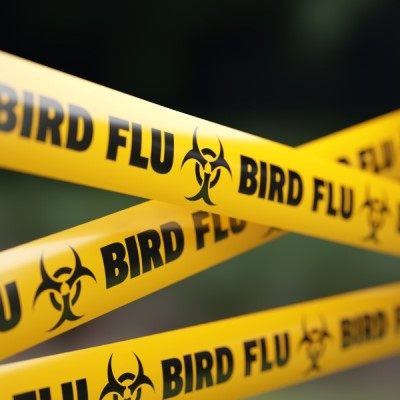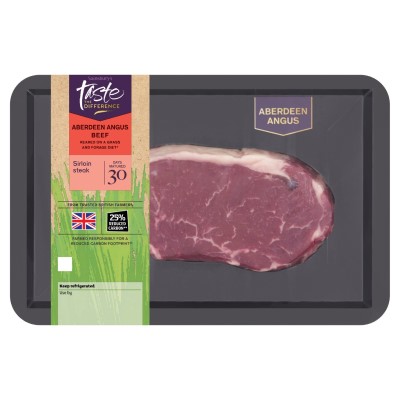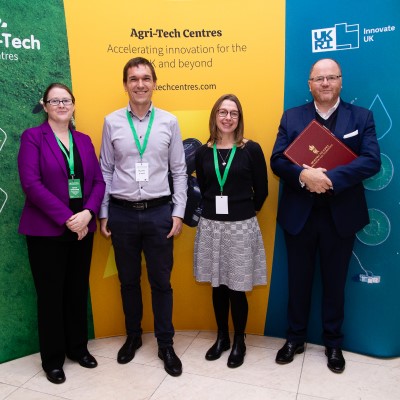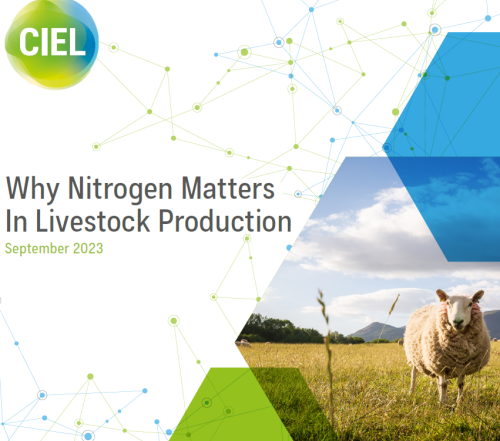CIEL | News: Bird flu report launched to help accelerate control of the disease
UK Agri-Tech Centre, CIEL (Centre for Innovation Excellence in Livestock), has released a report detailing a pathway on how we can learn to live with the risk of bird flu.
The ‘Living with the risk of bird flu’ report, commissioned by CIEL and authored by Professor Lisa Boden and her team at the University of Edinburgh’s Global Academy of Agriculture and Food Systems, offers a clear and concise summary of the UK’s current bird flu situation, while raising awareness of how poultry keepers can make a difference in managing the disease.
As an infectious disease often spread by migratory wild birds, the movement of unidentified infected birds and contaminated equipment and people, bird flu is a serious concern to all poultry keepers.
“The UK experienced the worst outbreak of Highly Pathogenic Avian Influenza (HPAI) in 2022, and the disease shows no sign of abating,” said Dr Mark Young, CIEL’s head of innovation, who led on commissioning the report.
“To date, strict measures have been imposed in England and Wales for keepers of poultry to help control the spread of disease.
“However, differences in the perception of risk surrounding the disease and awareness of guidance and regulations associated with managing bird flu have led to variation in the uptake of control measures. This has affected the effectiveness of any management strategy.”
He said CIEL’s report highlights several effective ways poultry keepers can help contain and limit the spread of the disease with little financial investment required. These include minimising contact between wild birds through appropriate housing and keeping feed and water out of reach of wild birds and rodents to reduce the risk of contamination.
Likewise, the report emphasises the importance of vigilance and early detection of the disease. Keeping an eye out for symptoms of bird flu – which include sudden death, lethargy, poor appetite and closed and runny eyes – and notifying vets of any concerns must be a shared responsibility for all poultry keepers.
“To help with the adoption of these control and prevention methods we need improved communication about the disease, its risk, and possible control measures,” said Dr Young.
“Increased collaboration and engagement between government and all poultry owners, from those who keep chickens as pets, through to commercial poultry producers, is needed to ensure we can promptly identify and contain potential cases and capture data to help inform future control strategies.
“This is a significant disease where we all have a role to play in helping overcome the potential challenges it poses.”
To find out more about bird flu, visit: Bird flu (avian influenza): how to spot and report it in poultry or other captive birds – GOV.UK (www.gov.uk)
To read the full report, visit: cielivestock.co.uk/bird-flu-report-2023








